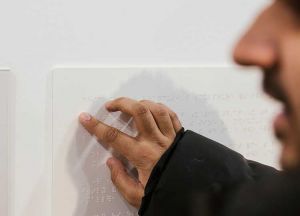
A groundbreaking exhibition turns the way we think about sculpture on its head. Every object has its own audio description and is there to be touched, completely accessible to all, sighted or blind.

The photographer talks about how his new photo book, Mutiny, captures the backstory of the Brexit vote and how he combines the documentary and the artistic tradition, while never losing sight of the humanity and humour of its subjects.
-Baltic-Centre-for-Contemporary-Art-2025-Photo-by-Tom-Carter.jpg-300.jpg)
Three seductive, spellbinding films demonstrate the Uzbek artist and film-maker’s confidence in letting images tell the story, in her first solo exhibition at a UK institution.
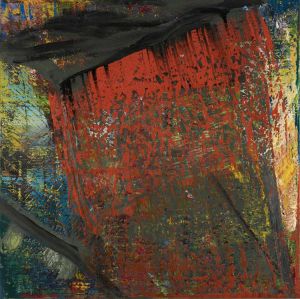
The German painter enchants, astonishes and unnerves in this compendious retrospective, which confirms his canonical status.
-Installation-view-of-MUSCLE-(2025-300.jpg)
Ashadu’s three films may aim to give a voice to marginalised men in the former British colony of Nigeria, but their stories are overshadowed by an overwhelming sense of authorial privilege.
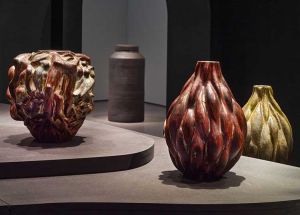
The artist and author Edmund de Waal has curated the first major exhibition of the Danish ceramicist Axel Salto, one of the greatest masters of 20th-century ceramic art.
-Miss-Virginia-Pattle-(1826-1910),-1849-1850-Eastnor-Castle-Collection-300.jpg)
Seven sisters made their mark on Victorian art and culture and deserve to be far more than just distant relatives and distant memories today.
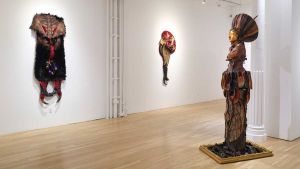
Shifting from her usual clay to recycled shoes, animal hides, fur, fabrics and more, Dutta has fashioned ingenious large-scale sculptures and wall reliefs as she continues to address the feminine and feminism.
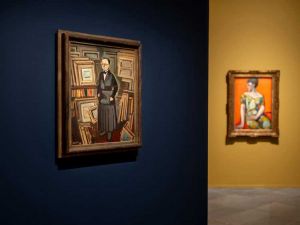
This milestone exhibition celebrates the pioneering art dealer Berthe Weill, who launched the careers of Picasso, Matisse and many more, but has been sidelined for many years.
-750-300.jpg)
Focusing on the influential Artes Visuales magazine and the extraordinary experimental artists it featured, this exhibition opens a window into Latin America’s complicated past which, sadly, only too closely resembles the present.
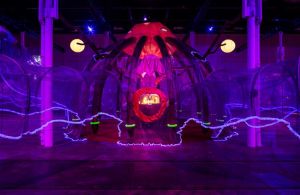
This is a theatrical space like no other in which, using sculpture, sound, textiles and performance, the artist creates a vision built on mythology and their own ancestry.
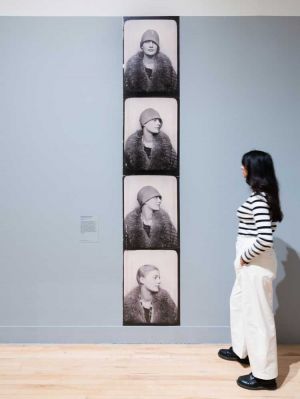
Celebrating the photographic work of Lee Miller in grand style, this retrospective showcases her many facets and offers a glimpse of the inspiring persona behind the images.
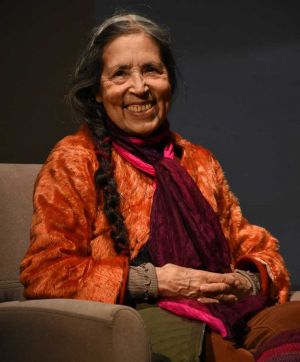
Now in her 70s, and with a show at the Irish Museum of Modern Art in Dublin, Cecilia Vicuña’s activist light is undimmed: she continues to celebrate the fragility and connectivity of plants, animals and people. She shares the magic she finds in poetry and salvaged ‘rubbish’, and how joy is the fuel that powers her work.
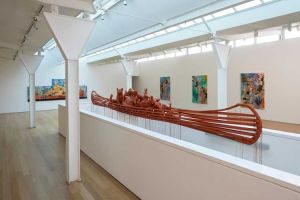
This posthumous exhibition of Smith’s art includes work made right up to her death last year and is a fitting tribute to an artist who fought so hard for her own recognition and that of other Native Americans.
-2024-300.jpg)
A trilogy of video works featuring two queer, female delivery drivers in Seoul, Ayoung Kim’s Delivery Dancer Codex uses innovative digital technology to explore labour and the gig economy, as well as metaphysical notions of time and multiverses.
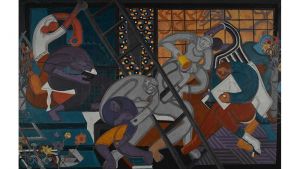
The Tate’s landmark exhibition presents a fascinating story, but could have done more to capture the excitement of post-independence Nigeria.
-300.jpg)
Known as a gallerist to the likes of Rauschenberg and Rothko, Parsons spent her weekends making her own art – and as this show proves, her art was also more than noteworthy.
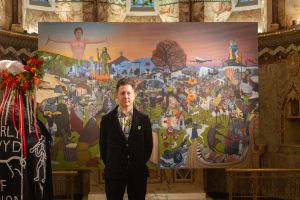
In a powerful new show of painting, sculpture and film, the artist brings folkloric traditions and myth into the modern world.
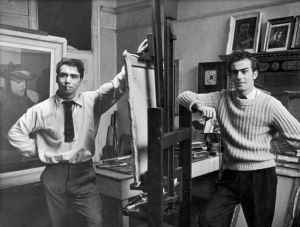
The two men from working-class Scottish backgrounds met at art school and became inseparable. This exhibition charts a tale of love, fame, drunkenness and tragedy.

A diverse group of works in this exhibition at Fondazione Merz show how contemporary art responds to conflict.

Against a background of divisive global politics and hysteria around migration, the six artists shortlisted for the 2025 Artes Mundi prize focus on the losses endured by displaced peoples, and the disempowerment arising from imposed colonial narratives. We review this latest edition and talk with Jumana Emil Abboud, Anawana Haloba and Sancintya Mohini Simpson.

‘We can be anything we want to be through the stories we can make and unmake’.

‘With everything that’s going on in the world, we talk about things, but we really don’t listen’.


-Baltic-Centre-for-Contemporary-Art-2025-Photo-by-Tom-Carter.jpg-300.jpg)

-Installation-view-of-MUSCLE-(2025-300.jpg)

-Miss-Virginia-Pattle-(1826-1910),-1849-1850-Eastnor-Castle-Collection-300.jpg)


-750-300.jpg)




-2024-300.jpg)

-300.jpg)



